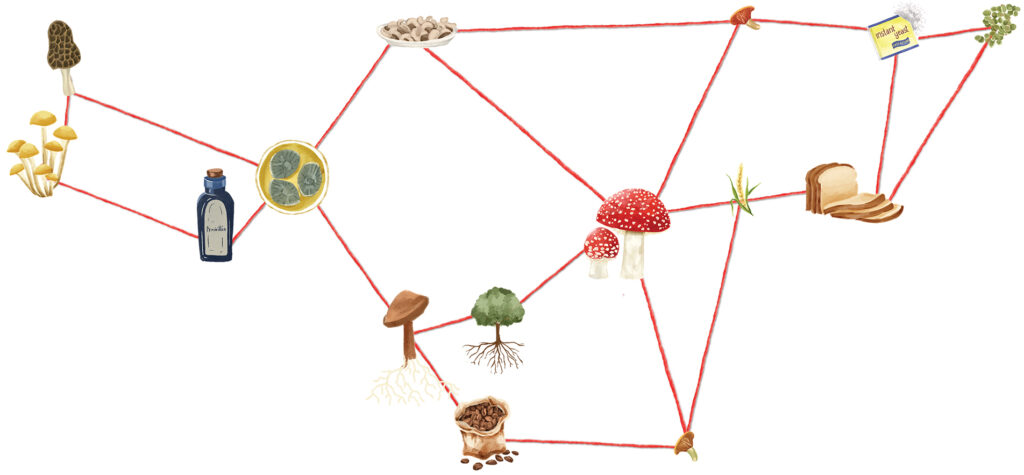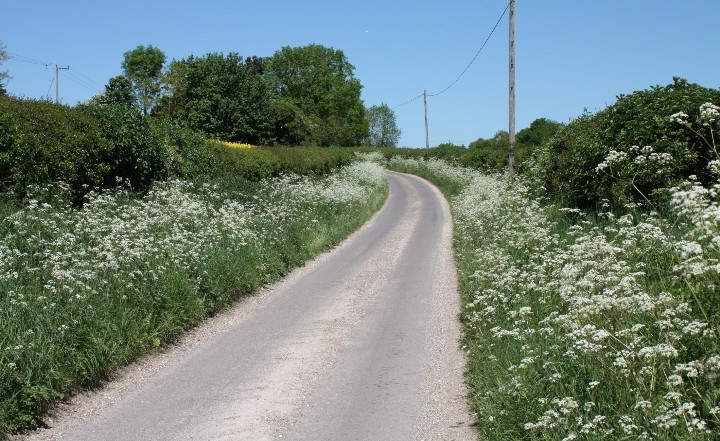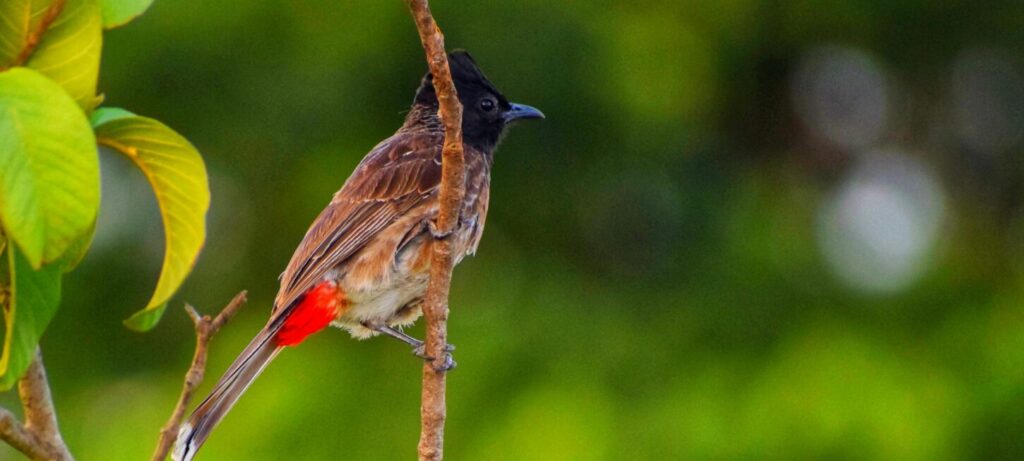Large carnivore conservation is akin to a multi-billion dollar riddle. Scores of researchers, activists, bureaucrats, politicians, livestock herders, and hunters each hold a clue to the solution, but cannot seem to be able to agree on how to bring it together. The large carnivores themselves are far from cooperative be it the wolf, tiger or leopard. They are constantly making a meal out of someone’s coveted animal, wild and domestic. On the one hand, are groups who favour large carnivores and their conservation and on the other, those that detest these red-in-the-tooth-and-claw large carnivores and favour their removal. The battle lines are clearly marked. Or are they?
Our research in areas as diverse as rural India and rural Norway suggests a different story has been playing out, with less clearly marked differences. While conservation practice is complex with multiple interests and dynamics, large carnivores them-selves are not necessarily the source of disagreements between different groups. For instance, in rural Norway—where wolves are making a comeback after decades of absence—hunters and sheep farmers actually think about the wolf in much the same way as do biologists and conservationists. They see it as impressive and fascinating, a social and intelligent animal; the very incarnation of “wildness”. However, these two groups clashed on the interpretation of the physical space where these wolves have settled. The disagreement thus boiled down to how these groups perceived the landscapes, and consequently to whether the wolves belong there or not.
A similar story plays out in the Upper Nilgiris in the Western Ghats of South India, where the Todas graze their buffalo herds on what little is left of the grasslands that dominated a shola (tropical stunted forest thickets) grassland complex. Now, the Todas claim that tigers have started preying on their buffaloes more often, a phenomenon uncommon in a previous grassy era. Ask the Todas about tigers and they respond with similar perceptions of physical space of wilderness being imposed on a pastoral landscape and wildlife appear to have been introduced. So where are the fault lines in these two very different landscapes?
While conservation practice is complex with multiple interests and dynamics, large carnivores themselves are not necessarily the source of disagreements between different groups.
The answer lies in how the landscapes are perceived by different groups. For this we turn to anthropologist Tim Ingold who suggested that people’s perceptions of a physical landscape is based on the tasks that they perform in that space. In the Norwegian case, a fundamental question is whether the wolves return to a landscape where humans should continue a form of interaction with nature that has been going on for centuries, or if it should become a wilderness again. Social groups with deep cultural roots in traditional land use—and not only farmers—see their surroundings as a production
landscape that has been carefully cultivated through generations. Therefore the wolves threaten not only sheep, dogs and wild game. Their protection, widely seen as emblematic of a drive to change land use from production to protection, is threatening the whole idea of rural landscapes in the eyes of many local people. Conservation threatens traditional economic activities, and is viewed as part of a broader attack on rural communities and lifestyles, entailing centralization, depopulation, and general economic drain in favor of urban areas. Changes in the physical landscape, such as spontaneous reforestation of farmland and abandoned homesteads, are seen as the onslaught of chaos, and not a return to a pristine wilderness state. Removing wolves was necessary for earlier generations in order to turn the land into a carefully managed production landscape, and the current protection of wolves therefore is an attack on the whole rural ethos and a mockery of the toil of the ancestors. The environment agencies and biologists, on the other hand, focus on managing natural resources in the area and perceive this as a conservation landscape, and conservationists may indeed savor the idea of more wilderness. Thus while these groups might have similar views on the nature of the wolf, they disagree on the wolves’ place in the landscape: If the landscape is “wild”, then the wolves belong there. But if it is not, then it does not belong. To many local people, their landscape is far from wild, and cannot hold wolves.
The Nilgiri story plays along similar lines. The authorities have historically during the colonial period and also during the immediate post independence decades, focused on balancing the aesthetics of a savannah dominated landscape, with a counteracting tendency to address its ‘un-productive’ and ‘wastefulness’ in terms of timber value. And gradually since independence the commercial tendency prevailed with eucalyptus and wattle being planted in extents that have transformed the landscape into an exotic and invasive forest vegetation. The shola-savannah architecture that biologists and poets celebrated and the Todas coveted, pastorally and culturally, was permanently altered. For the Todas the Nilgiris Shola pastures are a well defined mix of a sacred and production landscape. A millennia of openness within which the Toda invented, practiced and perfected the rhythms and rituals associated with pastoralism, was to constrict. The ‘darkness’ ushered by eucalyptus and wattle is now folklore. In addition, these new forests also provide tigers cover to prey upon Toda Buffalos more often. A phenomenon in terms of its increased frequency—vis-à-vis its occasional occurrence during earlier savannah dominance—is the reason why most Todas speculate that tigers were released from zoos. In terms of behavior that is attributed to ‘semi domesticated’ tigers the Todas mention instances of tigers coming near habitations, allowing buffaloes to get away etc. No self respecting ‘wild’ tiger would allow this to happen. Very similar stories are told in the Norwegian wolf areas: The ‘new’ wolves have allegedly been secretly reintroduced to recreate an artificial wilderness, they are not truly wild and are probably raised in captivity. The parallels to the Toda interpretation of the connection between landscape change and tiger presence is striking.

In both the instances, the groups have similar perceptions of the large carnivore, but their disagreements stem from their perception of the landscape and how it should be used. This insight adds an interesting twist to conservation practice, shifting its centre of gravity from conserving species to managing contested claims in multi-use landscapes. Underlying this shift is the case of Akole, the third area of our research. Akole, located in the rain shadow of the Western Ghats in northern Maharashtra, stands in sharp contrast with the other two areas. Socio-economic and political changes in the last two decades have seen this arid valley transform to a lush agricultural landscape dominated by sugarcane production. These changes have benefitted the residents of Akole, who see the valley as a production landscape. The valley is also home to a stable population of leopards who feed almost exclusively on dogs, pigs and livestock reared by people. Conservation authorities are present in the area but report minimal conflicts between people and large carnivore.
Historically, the leopards lived in the hills surround the valley but moved down into valley with the spread of sugarcane, which provide an ideal habitat for these secretive cats. The same change in the landscape lead to an economic transformation in the area. Thus the landscape change, which facilitated the leopard’s presence in the area also benefitted people in the area. Interestingly, conservation authorities in the area too recognise Akole as a production landscape, even if it hosts leopards. There is thus minimal conflict in their perception of the landscape. Furthermore, both groups view the leopard as being part of the landscape rather than being artificially introduced. The conflicts are over the losses caused by depredation, which are managed through cultural beliefs, social negotiations, compensation scheme and a cynical suspicion of the Forest Department.
In all these instances, the large carnivores do cause very real depredation losses and in some Indian cases even physical harm to people. However, this is part of larger matrix of inter-actions between different interests, people and large carnivores. This research does not disregard these losses or dangers when people and large carnivores share a landscape.
It merely points to an underlying socio-cultural dynamic, which has a very real impact on large carnivore conservation, especially if local people are to participate in it. This research thus challenges the dominant interpretation of conflicts over attitudes towards large carnivores that has led to a global industry dedicated to conservation education. While this has garnered support for the conservation cause it has had limited impact on actually conserving large carnivores on the ground or solving conflicts embedded in such conservation programmes. Relocating the conflict from attitudes towards large carnivores to perceptions of the landscape, shaped by the activities historically performed in it, provides a starting point for dialogues to resolve conflicts. Even compensation schemes have limited impact in resolving conflicts in perception of landscape, though they may be more effective in resolving the economic aspects of conflicts arising from large carnivore conservation.
Sunetro Ghosal is a Research Fellow, Department of International Environment and Development (Noragric) at the Norwegian University of Life Sciences (UMB) and the Ashoka Trust for Research in Ecology and Environment (ATREE)
Siddhartha Krishnan is a Fellow, Centre for Environment and Development at the Ashoka Trust for Research in Ecology and Environment (ATREE) siddhartha.krishnan@atree.org
Ketil Skogen is a Senior Researcher at the Norwegian Institute for Nature Research (NINA)
Photograph: Kalyan Varma




